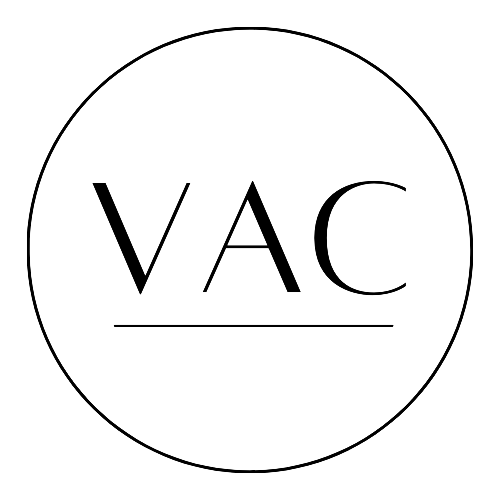Deborah Druick: Codes of Femininity
In her work, artist Deborah Druick explores and addresses gender, self-identification and female objectification. Through highly stylized imagery, she raises questions about “identity, self-awareness and sentiment,” while inviting the viewer to contemplate these issues as well. In 2020, Deborah was one of sixty artists chosen to be featured in the recent issue of “ New American Paintings “ curated by Jerry Saltz.
Tell me about your background and where your creative journey began.
I was born in Montreal, Canada where I went to the Montreal Museum School and Concordia University for my art training. Having to support myself while being a young painter was difficult, so I began working as a window dresser in Canada. I took a position as Creative Director for a retail company in Hong Kong and remained in Asia for ten years. All this time I continued my art and participated in shows in Macau and had a solo show inHong Kong. Asia was an incredibly stimulating place to live and to experience a culture so different from my own. I now practice my art full-time.
Your work addresses, "gender definition, self-identification and female objectification." How do you use visual imagery to explore these issues?
My current work is an examination of female objectification and gender definition. This involves presenting the female figure in in an exaggerated, idealistic context. I emphasize the precision and perfection of my subjects using an idealized sense of femininity and beauty. My females are faceless archetypes that elicit questions about self-awareness, identity and sentiment.
Looking at the evolution of your work, how has your work shifted and evolved over time?
My work has shifted over time to become more analytical of the female condition. I would say the “Me Too Movement” has played a significant part in this shift of focus. My painting style has also evolved over the years. I love working with matte acrylic paints and a highly stylized figuration. I would best describe my style as belonging to the “New Surrealist Movement” of female painters using a new visual language to express the objectification of women’s bodies.
What does a typical day in the studio look like for you, and how has your art practice grown or changed?
A typical day at the studio begins with a 9:00 a.m. arrival, working through lunch and normally leaving by 5:00 in the evening. I listen to Jazz and either Brazilian music or Indian Raga throughout my day, although if there is a particularly difficult section of work I might appreciate complete quiet. I love my studio. My work is very methodical and completing a painting can take up to a month. I will always have worked on some sketches before beginning new work and have a sense of color choices and placement.
Which experiences have impacted your work as an artist?
I think that living in Asia has had a great impact on my practice. Chinese cultural propaganda images, Japanese Manga and Japanese printmaking have certainly affected my work, as have street-style fashion and graffiti. I’m also incredibly lucky to be living in New York City where art is everywhere. A typical weekend for me usually includes a trip to a museum or gallery visits. The ability to view the best in the art world at such proximity is a big advantage.
How has Instagram impacted your art career?
Instagram is also an incredible tool for connecting to the current flow of new work. It’s such a great way to see and be seen by enormous audiences and the feedback is instantaneous.
What are your future goals and aspirations?
The artist residency grant that I was awarded for Summer 2020 was postponed because of COVID so I’m looking forward to that opportunity in 2021. I will also be working in a larger-size format in the future, which is an exciting prospect.
Follow Deborah on Instagram: ddruick
Website: www.deborahdruick.com











